-
Courage Like Kate—The Legacy of Keeper Kathleen Moore
—Kate began assisting her father with tasks around the station as a small child. By age 12, she had assumed all the duties her father could not accomplish due to his physical limitations and was, for all practical purposes, the lighthouse keeper.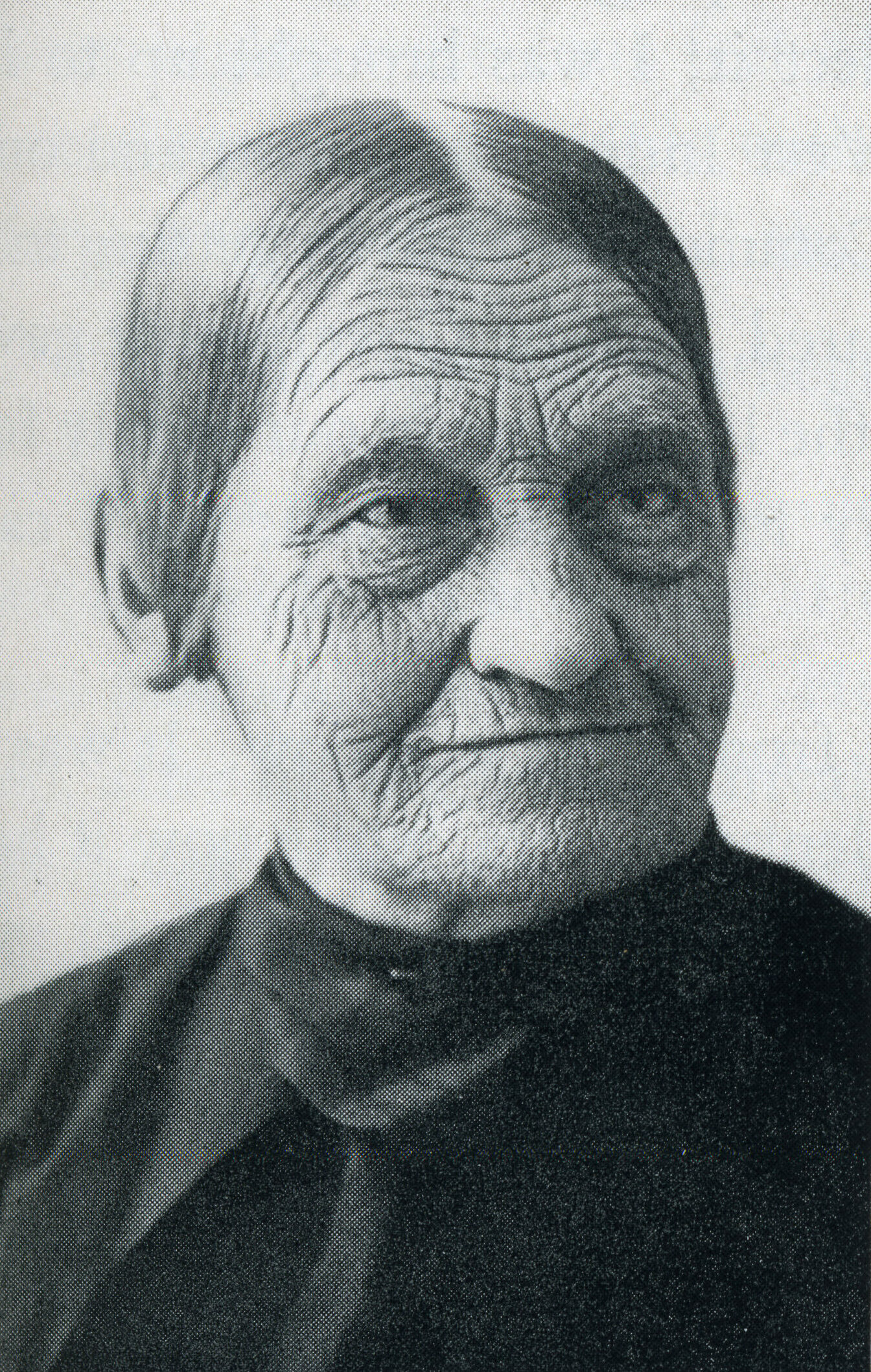
-
Polar icebreaking—The short history of a BIG mission
—Since the late 1800s, the United States Coast Guard and its predecessor agencies have played an essential role in U.S. polar operations. A new kind of ship, the icebreaker, evolved to serve U.S. commercial and strategic interests spread in the Arctic.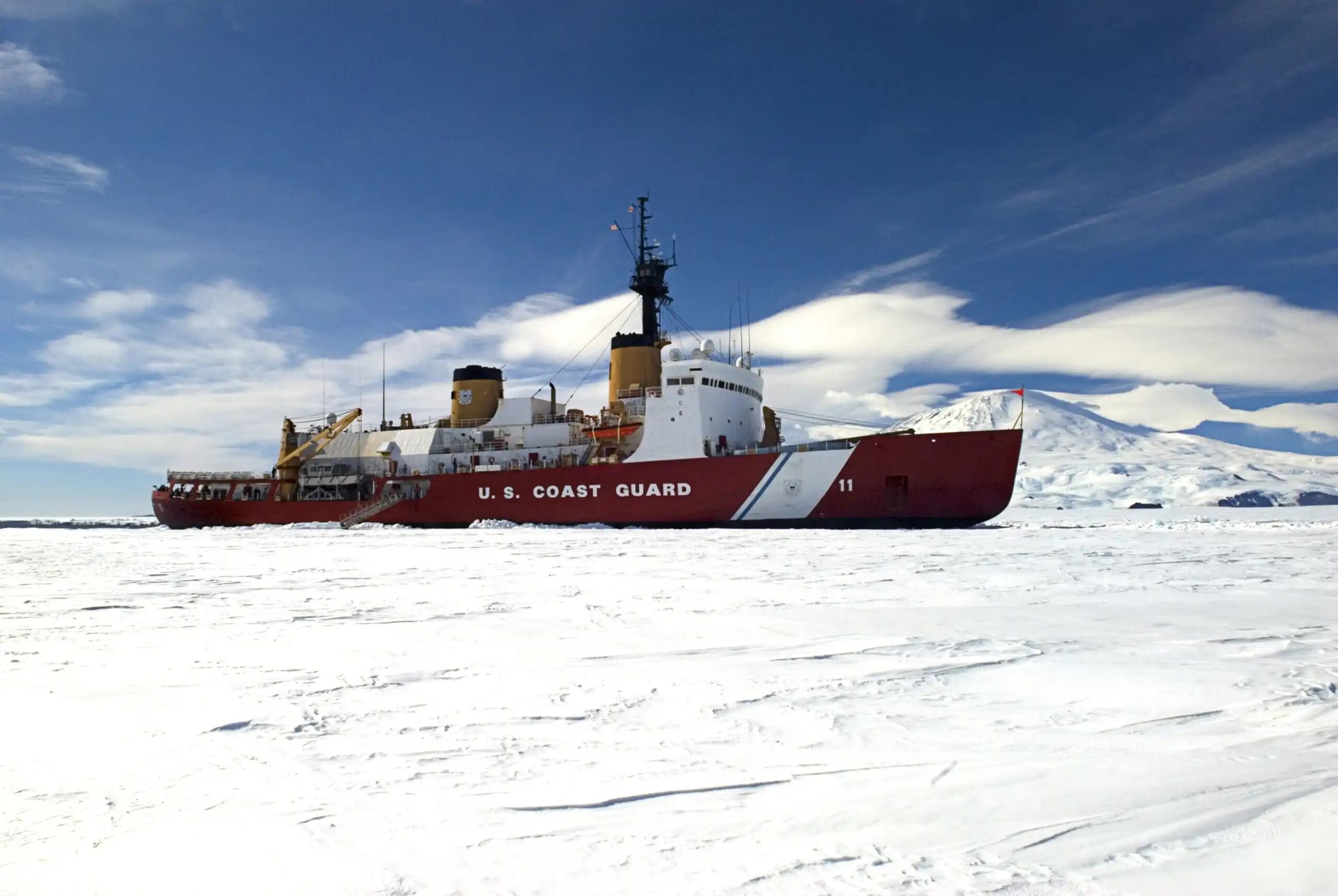
-
Coast Guard Diving—over 80 years of history!
—The Coast Guard has a rich history of underwater operations. Since the early 1940s, the service has nurtured a diving capability that has become vital to modern Coast Guard missions.
-
Heroes of the Flood: The untold story of Coast Guard boat forces during Hurricane Katrina
—“Kill the engines,” Jackson ordered. In the eerie quiet, they heard a metallic tapping. Closer now, they saw a man in a second-story attic window, striking its metal bars with a quarter. He and his bedridden, 87-year-old mother had been trapped for days in water up to their necks. Jackson’s team sawed through the attic ceiling.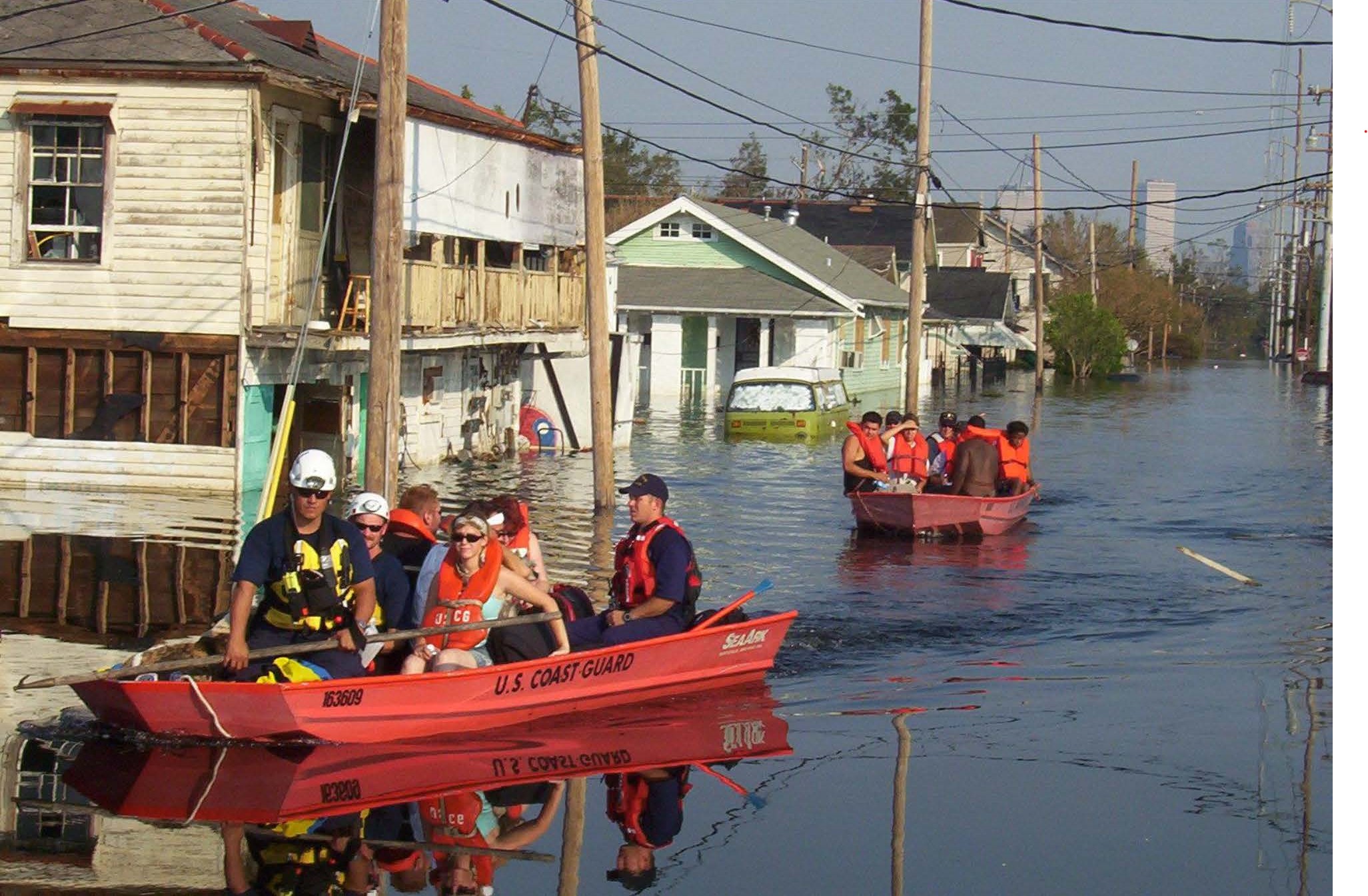
-
Learning from Disaster: How Katrina helped the Coast Guard prepare for future catastrophes
—From evacuating stranded survivors to reopening critical waterways, the Coast Guard (USCG) performed heroically during Hurricane Katrina, but the widespread disaster exposed operational limitations that soon served as lessons learned and has resulted in sweeping changes in readiness, technology, and interagency collaboration.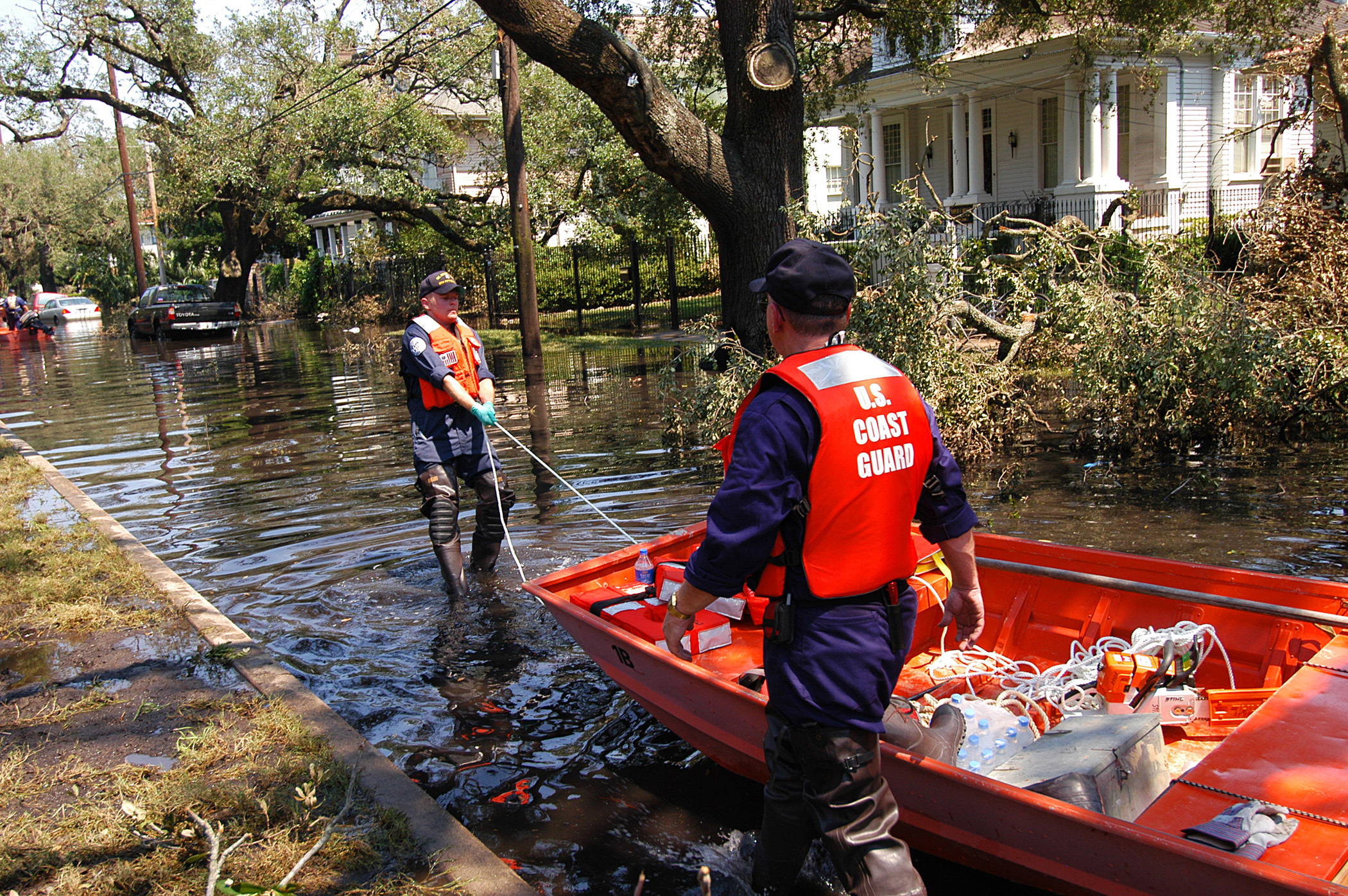
-
Recovering from the Storm
—Even before Katrina made initial landfall, the Coast Guard was closely coordinating with local vessels and the region’s maritime industry in order to help reduce loss of life and property – as well as avoid environmental impact. Beyond lifesaving, here are some of the ways the Coast Guard helped the nation recover after Hurricane Katrina.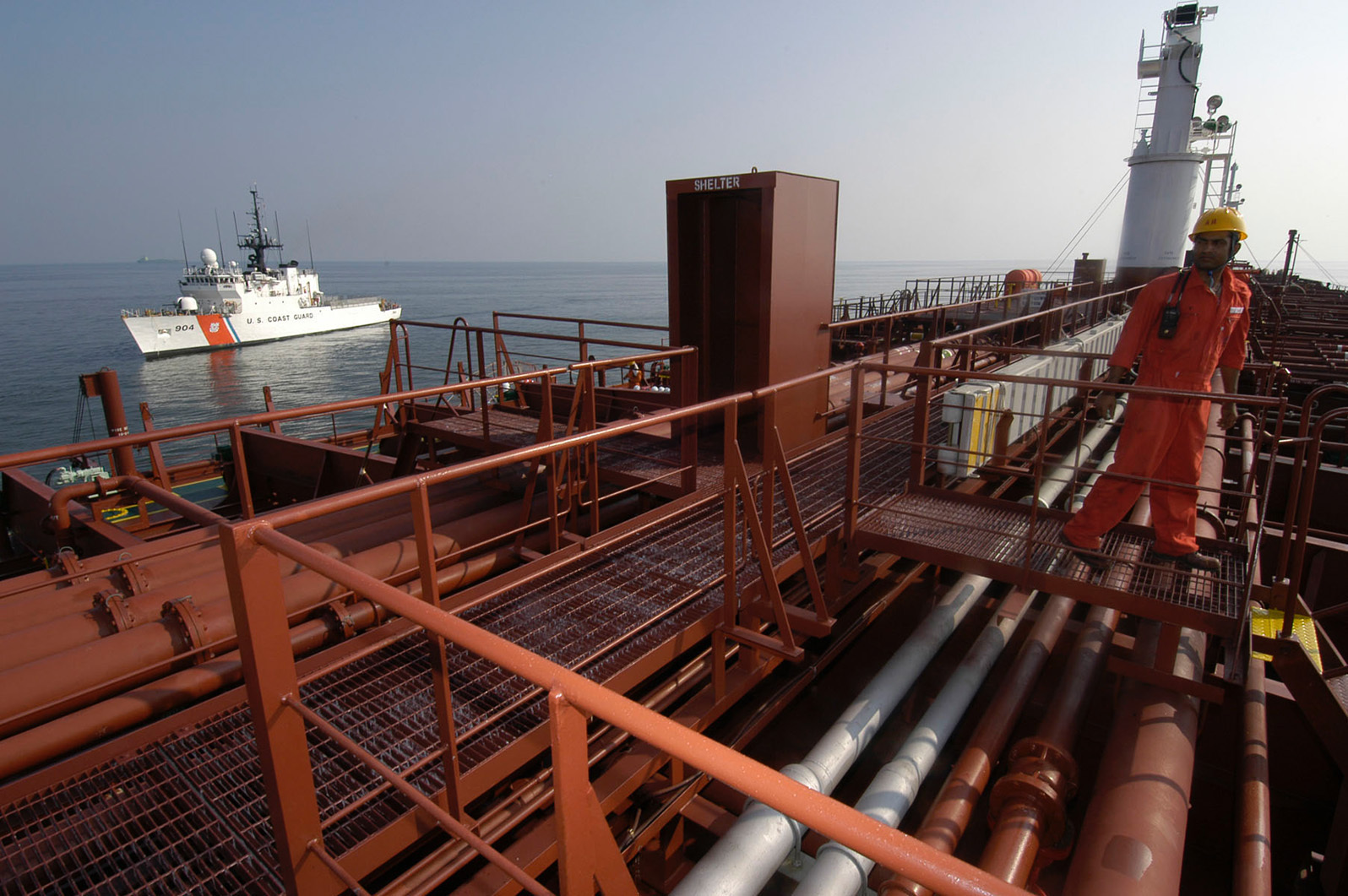
-
Journey of a Coast Guard Museum Artifact: The Sign
—Oftentimes during a crisis, an iconic image or object defines that moment. During the search and rescue effort following landfall of Hurricane Katrina, several of those images and relics became a hallmark of Aug. 29, 2005, the day the massive storm ravaged the Gulf Coast. To the men and women stationed at Coast Guard Air Station New Orleans, the air station’s sign became that iconic relic.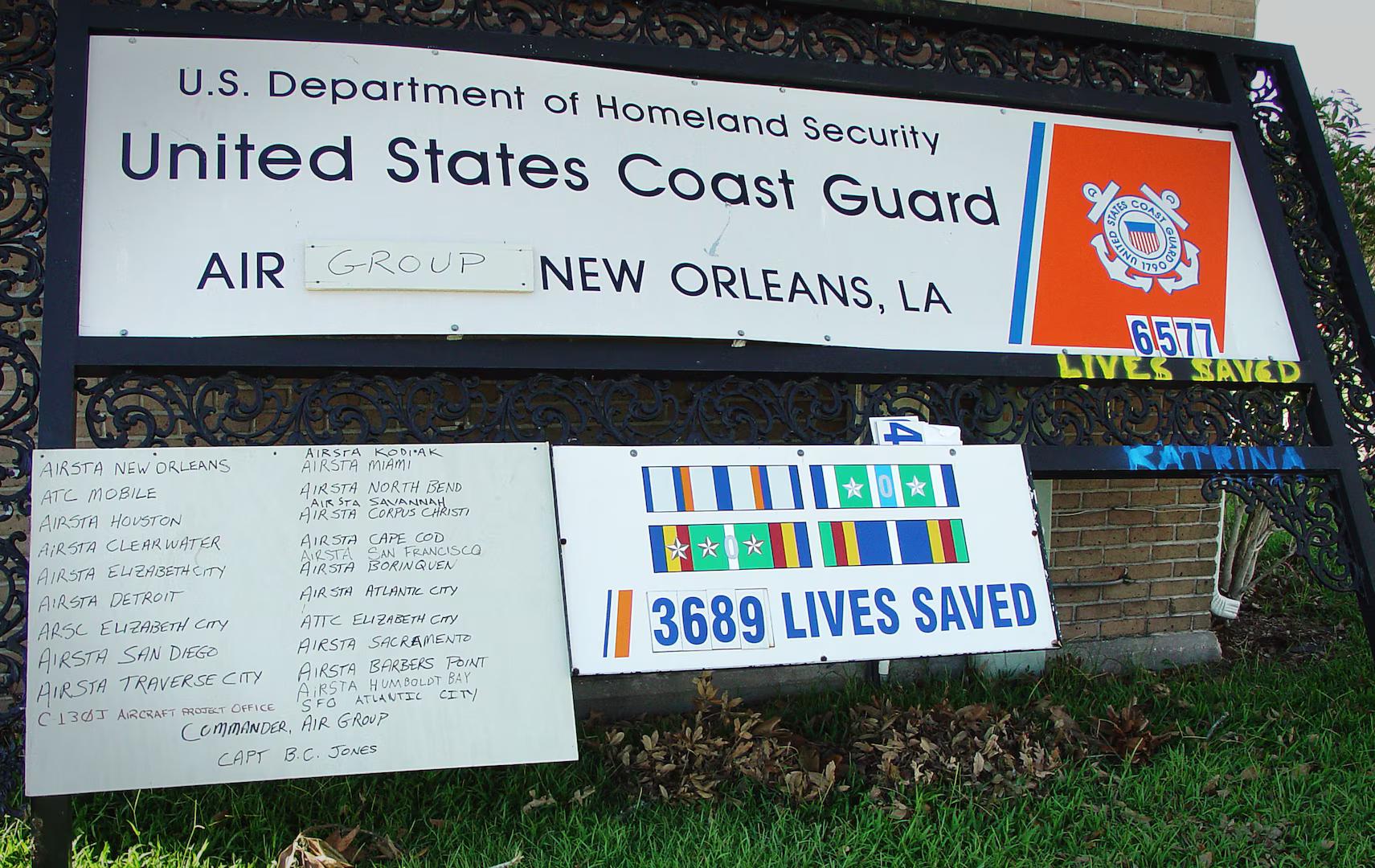
-
Into the eye of chaos–River Tender Pamlico in Hurricane Katrina, Part II. The Clean Up
—Katrina destroyed between 70-90% of all the navigational aids on the Mississippi River south of Baton Rouge. With rescue and evacuation activities complete, Pamlico’s next priority was to restore aids to navigation and to make the river more accessible for recovery activities.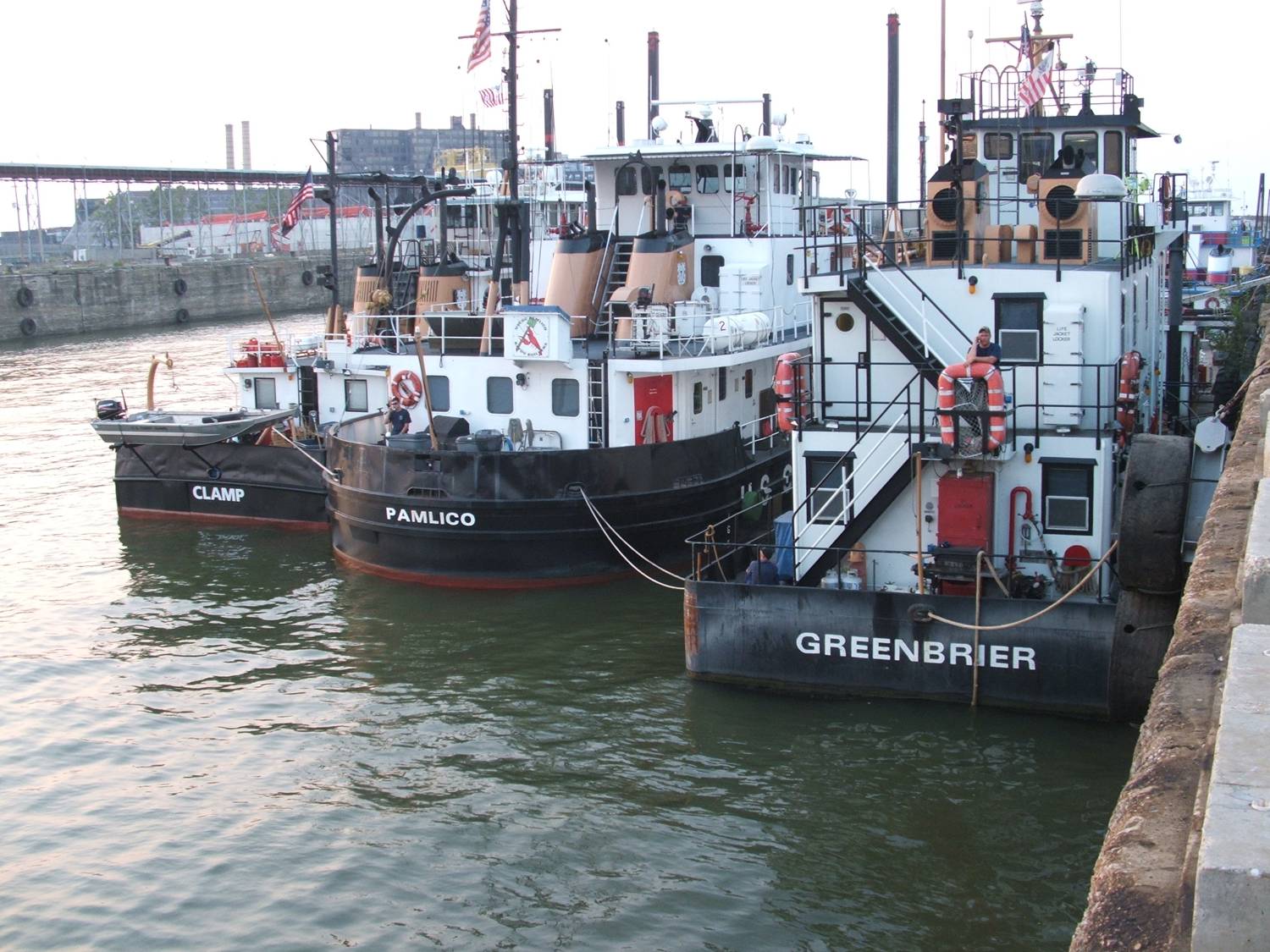
-
Into the eye of chaos–River Tender Pamlico in Hurricane Katrina, Part I. The Response
—The Coast Guard’s response to Katrina was not simply wild improvisation. After gaining significant hurricane response experience during Hurricanes Hugo and Bob, planning, training, and extensive preparations were made for a catastrophic weather scenario. Coast Guardsmen in the field would rely heavily on these plans and preparations. These instructions could be summarized as “don’t wait for permission,” and they became the basis for successful improvisation.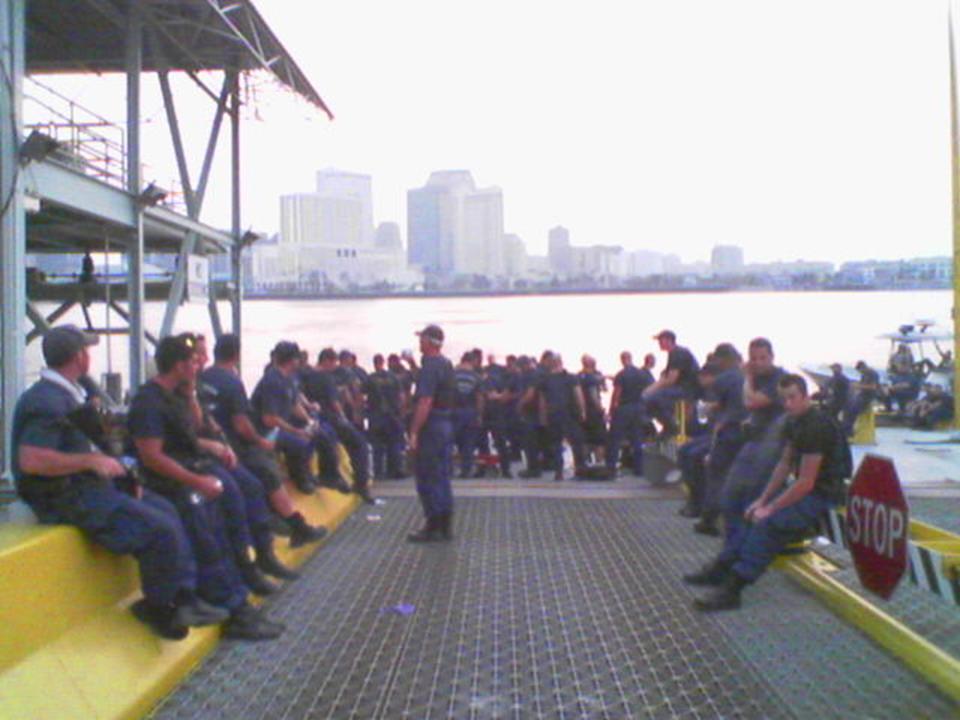
-
Keeper Claiborne—Savior to hundreds of souls 125 years ago!
—In the Great Galveston Hurricane, Harry Claiborne demonstrated great devotion to duty. He manned the light in the worst sea and weather conditions and saved hundreds of storm victims.
